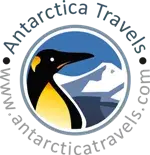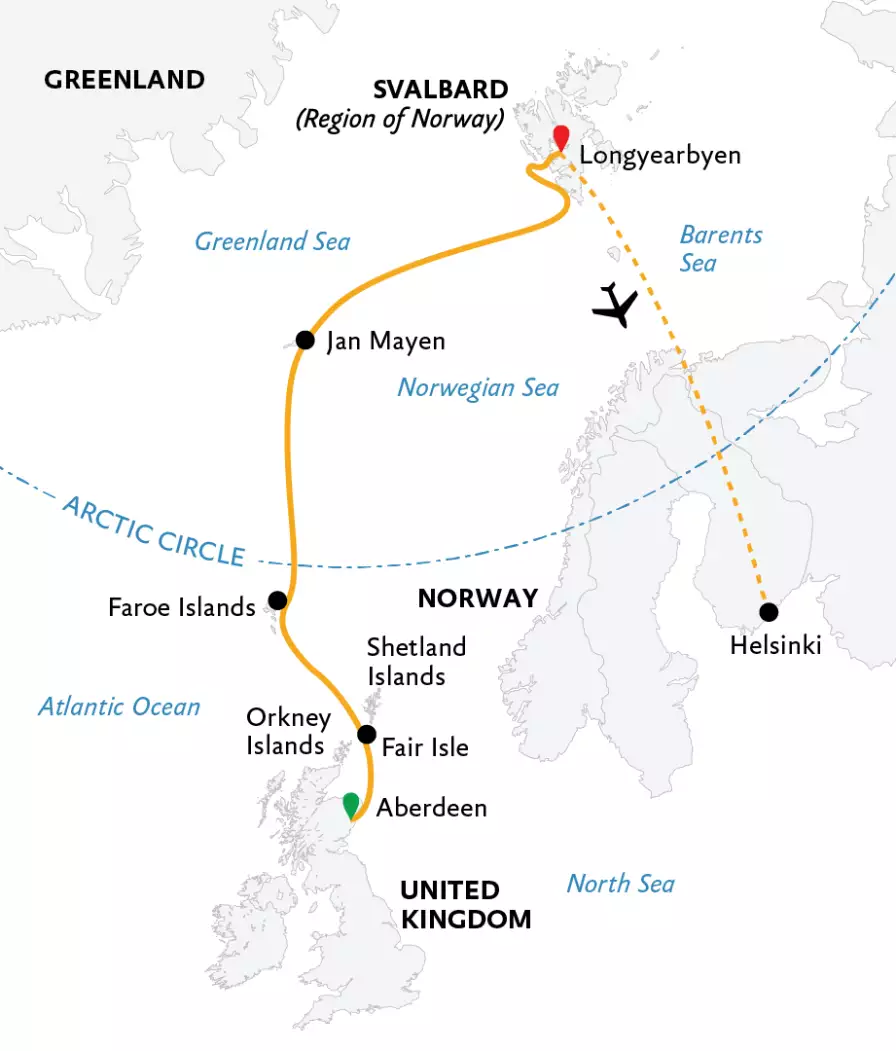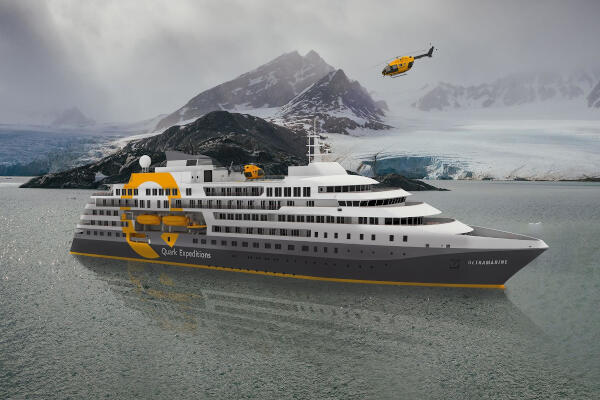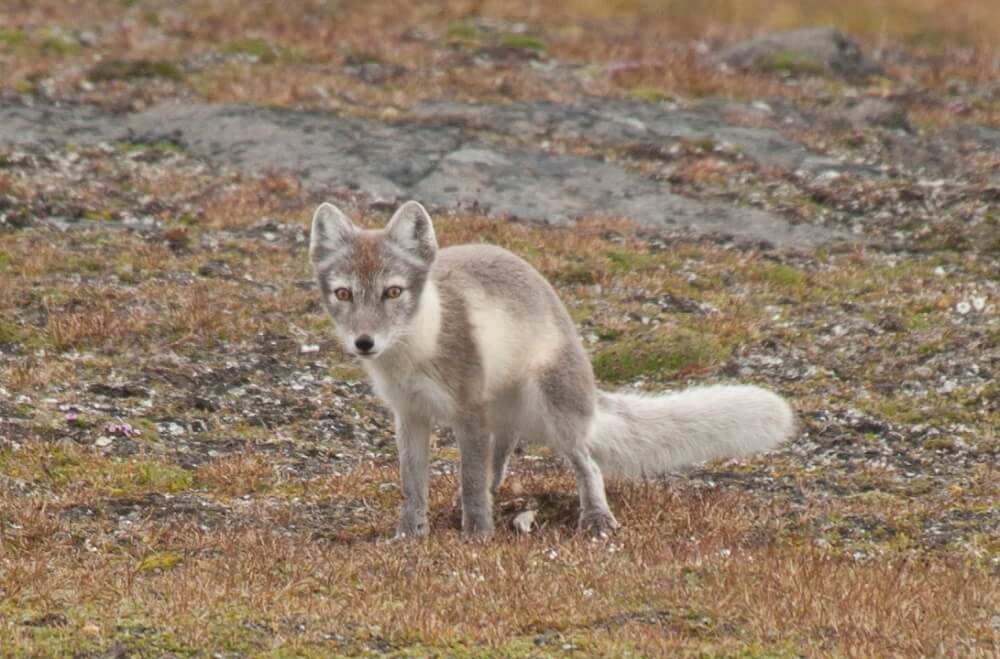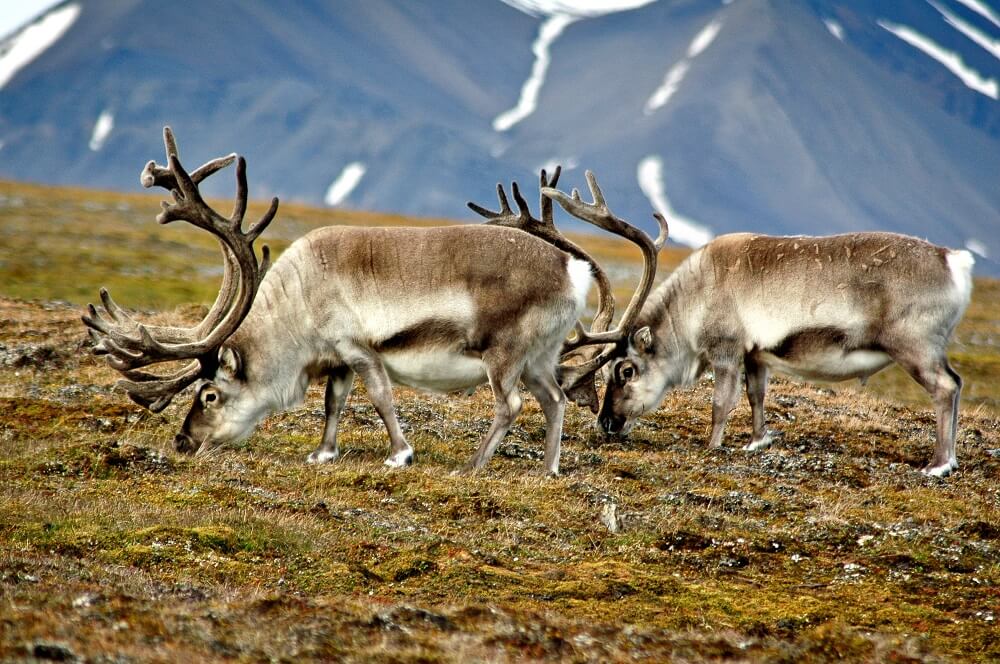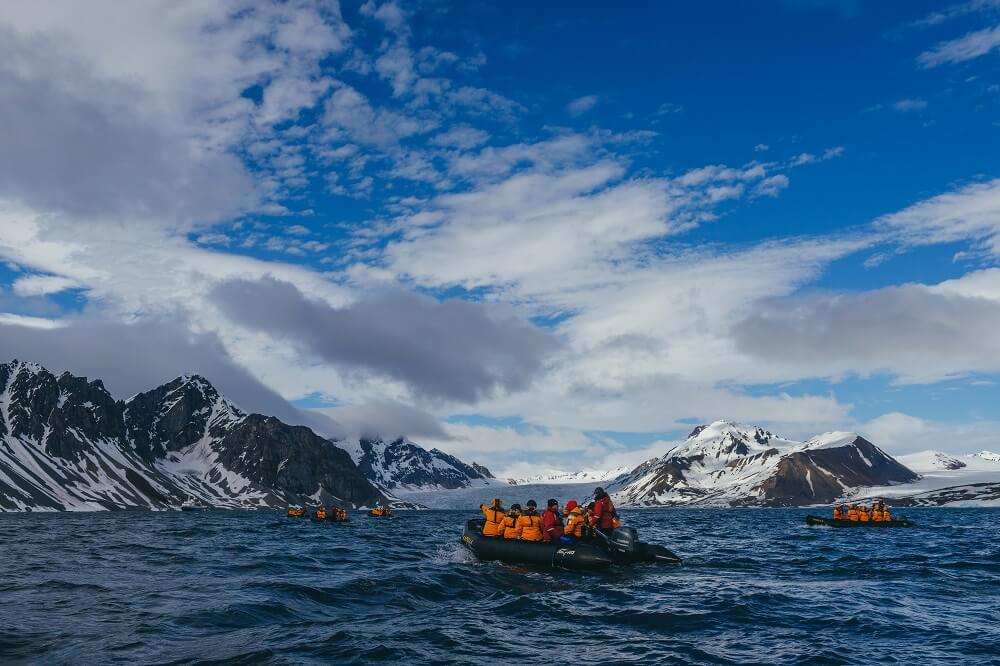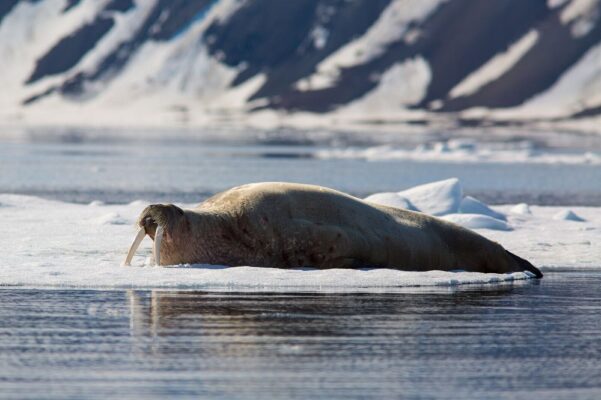Advanced filters:
Destination:
Month:
Year:
Trip Length:
Price:
Arctic Saga: Exploring Spitsbergen via the Faroes and Jan Mayen
Start : 28 Apr, 2024 End : 11 May, 2024
Departure : Aberdeen Arrival : Helsinski
14 Days
Explorer Triple
Explorer Suite
Balcony Suite
Deluxe Balcony Suite
Terrace Suite
Penthouse Suite
Solo Panorama
Owner's Suite
Ultra Suite
Arctic Saga: Exploring Spitsbergen via the Faroes and Jan Mayen
Start : 29 Apr, 2025 End : 12 May, 2025
Departure : Aberdeen Arrival : Longyearbyen
14 Days
Explorer Triple
Explorer Suite
Balcony Suite
Deluxe Balcony Suite
Terrace Suite
Penthouse Suite
Solo Panorama
Owner's Suite
Ultra Suite
